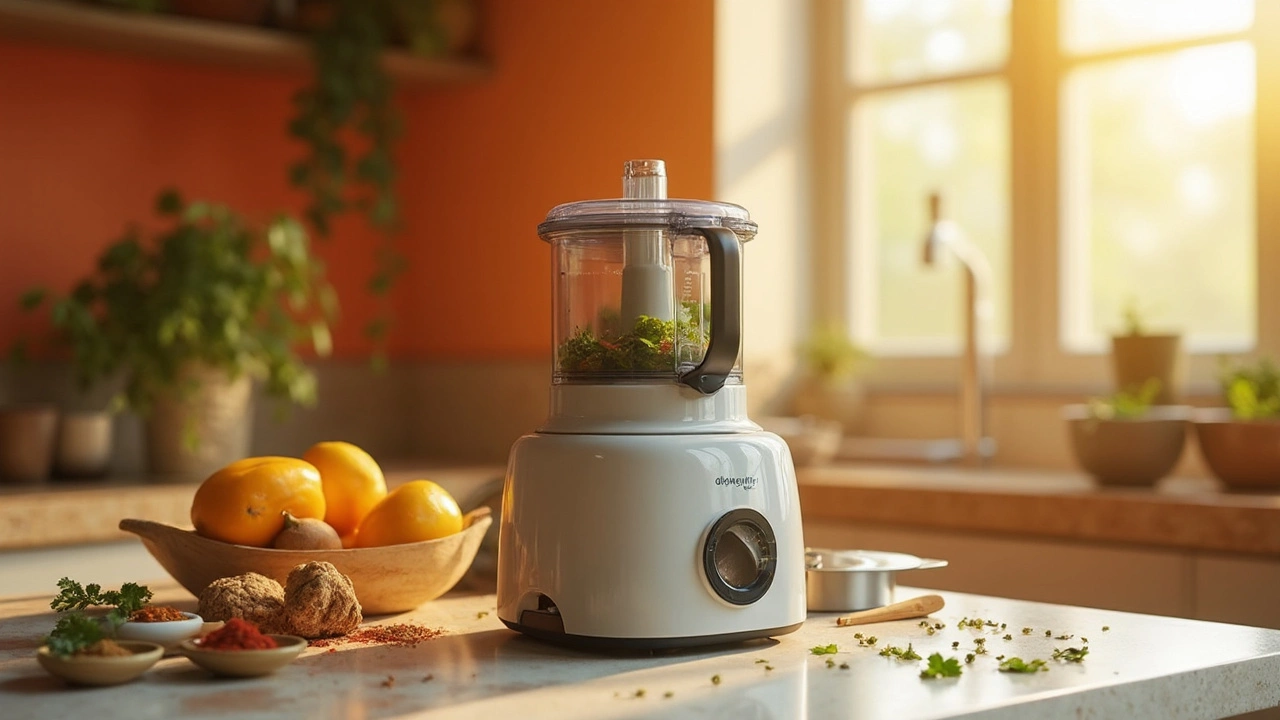Disadvantage Insights: Spotting the Hidden Pitfalls in Manufacturing and Business
Ever felt a project go off track because something you missed turned into a costly problem? You’re not alone. Almost every industry—pharma, textiles, furniture, even import‑export—has its own set of disadvantages that can bite you if you’re not watching.
In this guide we’ll break down the most common drawbacks you’ll meet when you start a new venture or scale an existing operation. We’ll keep it practical, give you real‑world examples, and hand you quick actions you can take today.
1. High Initial Capital and Cash Flow Gaps
Whether you’re setting up a small‑scale food processing unit or an electronics assembly line, the upfront spend can be huge. Machinery, licensing, and compliance fees eat up cash fast. A typical mistake is assuming the first sale will cover those costs. In reality, you need a buffer—often 20‑30% more than your budget—to survive the early months.
Quick fix: draft a detailed cash‑flow forecast that includes hidden costs like utility spikes, maintenance downtime, and training expenses. Then line up a mix of own capital, bank credit, and maybe a government subsidy to cover the shortfall.
2. Regulatory and Environmental Roadblocks
Rules change fast, especially for chemicals, pharma, and food. Remember the recent ban on certain solvents in India? Companies that ignored the update faced fines, production halts, and even product recalls.
Stay ahead by subscribing to official alerts, joining industry bodies, and assigning a compliance lead who reviews new regulations each quarter. A small compliance budget now saves a massive shutdown later.
Other common disadvantages include:
- Supply‑chain disruptions—think raw‑material shortages or customs delays for imported furniture.
- Skill gaps—many factories still lack trained operators for advanced CNC machines or AI‑driven quality checks.
- Energy reliability—frequent power cuts can cripple a plant, raising operating costs.
Each of these issues can turn a promising venture into a money‑draining nightmare if you ignore them.
3. Market Saturation and Low Competition Myths
It’s tempting to jump into a “low‑competition” niche, but the reality often hides hidden costs. For example, niche textile blends may have few rivals, yet the required machinery is expensive and the buyer pool narrow.
Before you commit, validate demand with real sales data. Use tools like Google Trends, industry reports, or small pilot runs. If the profit margin after accounting for the disadvantage of scale‑up is thin, reconsider.
Finally, remember that every advantage comes with a flip side. The factory system’s economic boost, for instance, also brings environmental strain and labor concerns. Balancing these factors is the key to sustainable growth.
Takeaway? List the top three disadvantages you anticipate for your project, match each with a concrete mitigation step, and revisit the list every quarter. That simple habit keeps hidden risks from becoming costly surprises.
Primary Disadvantage of a Food Processor
Food processors are a staple in many kitchens, praised for their convenience and versatility. Yet, they come with a downside: their often clunky and bulky nature. This disadvantage can make storage a challenge in compact kitchens. Understanding this drawback can help users make better purchasing decisions and optimize kitchen space.
Read More




